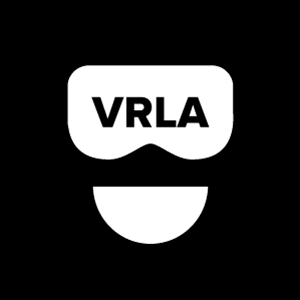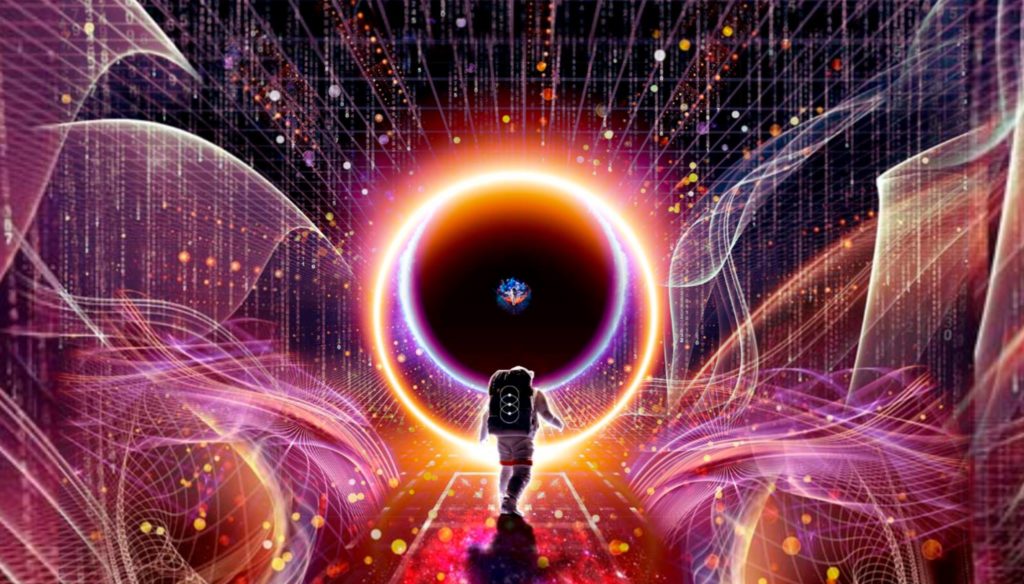Once a meetup of fewer than 100 virtual reality enthusiasts, VRLA has quickly grown out from borrowed spaces into a hotbed that is now billed as the world’s largest virtual and augmented reality expo. On Friday and Saturday, it will return for the eighth time in two years in Los Angeles to showcase the latest in cutting-edge VR and AR technologies.
The floors of the Los Angeles Convention Center (West Hall B) will be lined with an all-star list of over 130 exhibitors like Google VR, GoPro and Dolby as well as demos for the Oculus Rift, HTC Vive, PlayStation VR, Google Cardboard and Samsung GearVR. There will also be over 30 panels and presentations.
The two-day expo will kick off Friday with a keynote from the expo’s sponsor in Radeon Technologies Group to discuss lessons and opportunities for VR content. Comedian Reggie Watts, who earlier this year put on a show in VR, will be giving a keynote speech on Saturday.
John Root, co-founder of VRLA, joined [a]listdaily to talk about how the expo has vastly evolved from an initial meetup to one that now hosts communities of AR/VR professionals and enthusiasts from across the world.

What is the impetus for VRLA? Why was it started, and what is it designed to accomplish for the VR industry?
VRLA started as a meet-up between friends who just wanted to get together and talk about VR. At the time I was working as a motion capture supervisor at Digital Domain and I was able to convince managing director Rich Flier to hold the event on our virtual production stage.
How would you assess the earlier installment of VRLA that took place this January? Why was it critical to have another one in the summer?
We’ve just about doubled in size at every VRLA. Also, we’ve sold out every event. So, we don’t really know how big the VR scene is in Los Angeles, which we consider a problem. We want everyone to have a chance to try VR and to be able to experience the energy of a VRLA event. It really bums us out when we have to turn people away. So with each event, we book more and more space. Each time we think to ourselves ‘this is going to be way more space than we need!’ and ‘this is going to be way more people than we can find’ but we build it, and they come (smiles). The frequency of the events is another thing. We hold them as often as we can. If you were to only sample VR once a year, you would not be getting the real story of what’s happening in the space.
Are consumers ready for VR today?
Absolutely they are. It’s the big companies that aren’t. I believe VR came from the consumers. It’s not like 3D TV or something that, where the giant mega corporations were trying to ram down our throats. It was the Oculus Rift Kickstarter that was voted on by the consumers. Now you’ve got all these big companies taking a wait and see attitude, holding back until there’s a market. I think a lot of them have an old mindset and they underestimate and disrespect consumers.
What is it going to take for VR to turn from one-to-one to a social experience?
I like AltspaceVR. At VRLA, we’re working with some major brands to spool up a VR eSports league. Probably not the kind of social you were thinking, but if you look at what VReal is doing and what’s happening in the eSports space, I think you’ll see what I mean.

How do you share a VR story in a non-VR format? How do you overcome that challenge of someone having to actually experience it?
I see that as a temporary problem. In the not-so-distant future, lightweight, low-profile, head-mounted (HMD) displays will be completely ubiquitous with our everyday lives. Like how today, if you don’t have a smart phone in your pocket, you’re at a huge disadvantage. Soon, if you’re not ‘wearing’ an HMD you won’t know what’s going on. We’ll live most of our days in AR, and with a single command we can switch to VR. Lightfields, scent collars, high-dynamic range—the works. Our children will wonder how we ever got by looking at still images.
What is the best way brands can use 360-degree video and VR for their integrated marketing strategies?
Early on I was admittedly down on video-based VR. I couldn’t see how it could be made to work. The math doesn’t add up. And yet, it’s totally happening, and it’s really good. We see a lot of it, due to being in the heart of Hollywood. It seems like you have all these storytellers, custumers, cinematographers and actors, and they’re all looking at VR saying, ‘that’s cool—how do I do that?’ But they’re not about to learn Unity or Unreal to create some hyper-optimized, real-time thing with a $60,000 budget. 360-degree video is how they use VR. So it’s not about how people use it—it’s about that they can use it.
One of the main problems currently plaguing VR is that people don’t have access to headsets. What is the workaround for people who don’t own the gear?
Give it time. We’re only a few months into consumers even being able to have headsets. They can’t make the things fast enough.
What needs to happen so that the industry can continue to grow? Who will help drive the growth of VR?
We need more high-quality content. That’s actually a hard problem, because most of the people making VR are not super-funded mega corporations. They’re people who love it and want to see their dreams come true. One thing that’s happening that I don’t think anyone could have predicted is the number of people teaching themselves to code and create art assets so they can see their VR visions come to life. This is a really good thing for the world.
Follow Manouk Akopyan on Twitter @Manouk_Akopyan

